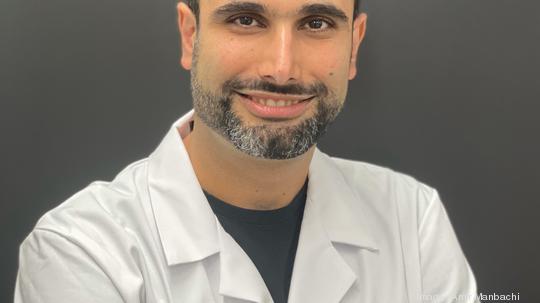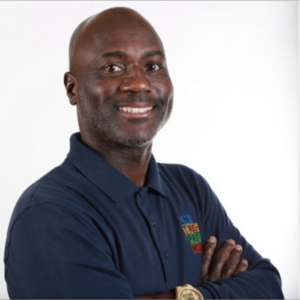
A team of Johns Hopkins University researchers has made the next step toward the launch of a medical device that would help people recover from spinal cord injuries.
The HEPIUS Innovation Lab at Hopkins earned a Food and Drug Administration Breakthrough Device Designation for an ultrasound imaging implant in late January. The breakthrough device designation puts HEPIUS on the fast track to approval through more direct work with FDA regulators. Lab co-founder Amir Manbachi hopes to start human testing in the next two or three years.
The implant will continuously monitor blood flow around the site of a spinal cord injury for several weeks after surgery to catch complications. The name of the lab, HEPIUS, stands for Holistic Electrical, Ultrasonic, and Physiological Interventions Unburdening Those with Spinal Cord Injury, but is also a reference to the Greek god of healing.
The lab is funded by a five-year, $13.48 million award from the Defense Advanced Research Projects Agency (DARPA). The military hopes the device will help veterans who suffer from spinal cord injuries.
The experimental nature of the HEIPUS technology made funding difficult to find before the DARPA money, Manbachi said. That grant forced the team to greatly speed up its research timeline from 10-15 years to five years and also transformed the lab from an idea of Manbachi and co-founder Nick Theodore into a 60-person team. The team includes staff at Columbia University in New York, one subcontractor, West Coast company Sonic Concepts and Hopkins Applied Physics Lab staff, among other locations.
Manbachi hopes to build on the device to create a multi-use medical tool. Ultrasound technology can be used to directly stimulate blood flow and Manbachi hopes to create a future version of the device that directly treats a patient by altering blood flow. Another possibility is that the device could evolve from a short-term monitoring device to a long-term monitoring tool that stays within the body for over a month or longer. Manbachi is currently only seeking FDA approval on the monitoring aspect of the device to ensure a quick process toward human testing.
“We don't want to overcomplicate it at the beginning, we want to keep it simple,” Manbachi said.
The original idea for the device came about after Theodore approached Manbachi about building something to solve a point of frustration for him as a neurosurgeon. Theodore couldn’t get information about how his spinal patients were doing outside of using secondary effects like blood pressure, which does not necessarily indicate there’s an issue with the spine. By getting exact information about blood flow and temperature the device could figure out new guidelines to change spinal surgeries.
“If machine learning gets involved, we could make a lot of these treatments smarter,” Manbachi said. “Based on 5,000 cases, we know 'this was the blood flow when something went wrong,’ or 'this was the temperature when something went right.'"










